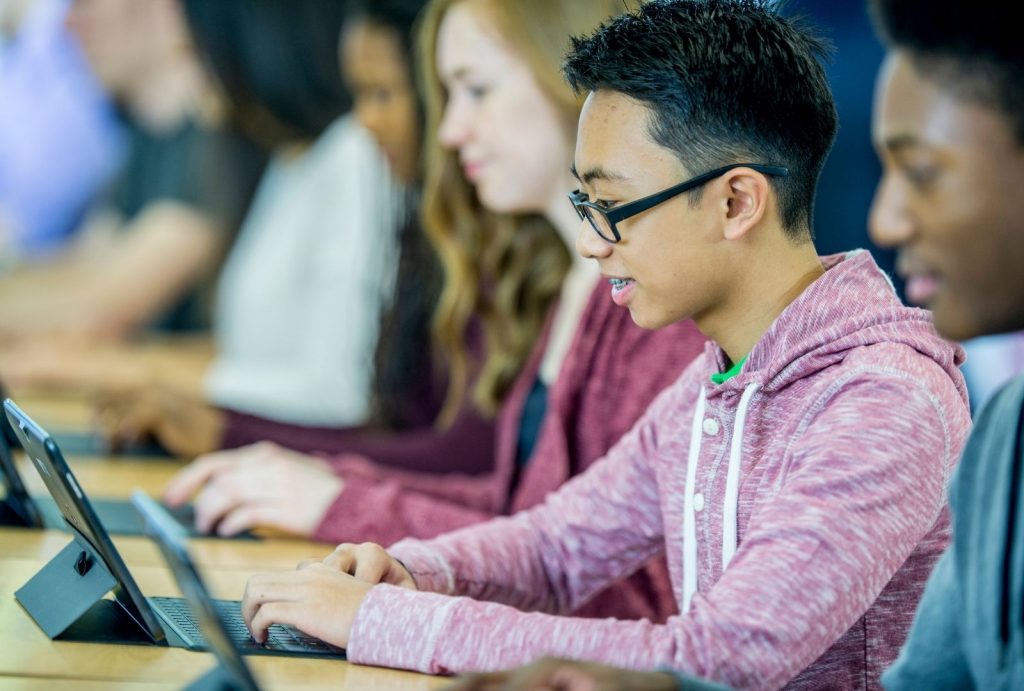Technology in the classroom is crucial to the modern learning environment.
The onset of the Covid lockdown meant that schools, colleges and universities across the country have had to facilitate home learning for their students and technology has become an unavoidable part of the classroom. For many teachers this has meant a steep learning curve, with new platforms to navigate and teaching techniques to master.
Collaboration
The opportunity for collaboration and teamwork is an area that could easily have suffered during the period of isolated home-learning, however this has remained possible and, in many ways, become more accessible for some students.
By using Microsoft Teams or Google Classroom, teachers have been able to deliver whole-class lessons and also put students into groups to allow them to collaborate and work together to plan and deliver an assignment. What’s more, during times when some students have returned to the classroom but others have been ill or isolating, these collaborative online spaces have meant that the individual working from home does not have to miss out – they can still log in to lessons and work with their team, meaning the impact of absence is significantly minimised.
Other items of technology have also been introduced in some schools to enhance this collaborative, hybrid environment, including headphones with a microphone which you can use to talk to students at home, but can mute to address students in class. This does also require a change in classroom culture but the pay-off is significant and, as well as improving a child’s decision-making and consensus skills during teamwork, it also allows the teacher more time for one-to-one catch ups with children, something that again is not always possible in a traditional classroom environment.
Creativity
Another area where technology has made a huge impact is creativity, something that in GCSE syllabuses has been slowly reducing over the years with less coursework and more reliance on exams. This has meant that the opportunity for students to experiment and apply their theoretical learning has diminished which is limiting their ability to learn valuable skills for the future. However, the use of tools such as the Minecraft elements in the Microsoft Learning environment allow students to apply their maths knowledge and problem-solving techniques and practice coding to complete a task. An increasing number of maker-spaces are also being set up around the country that allow students to get first-hand experience of using cutting edge technology, such as 3D printers, for real-life applications and, when you consider that OCR has introduced its first augmented reality module in 2022, exposure to this technology will become increasingly vital.

